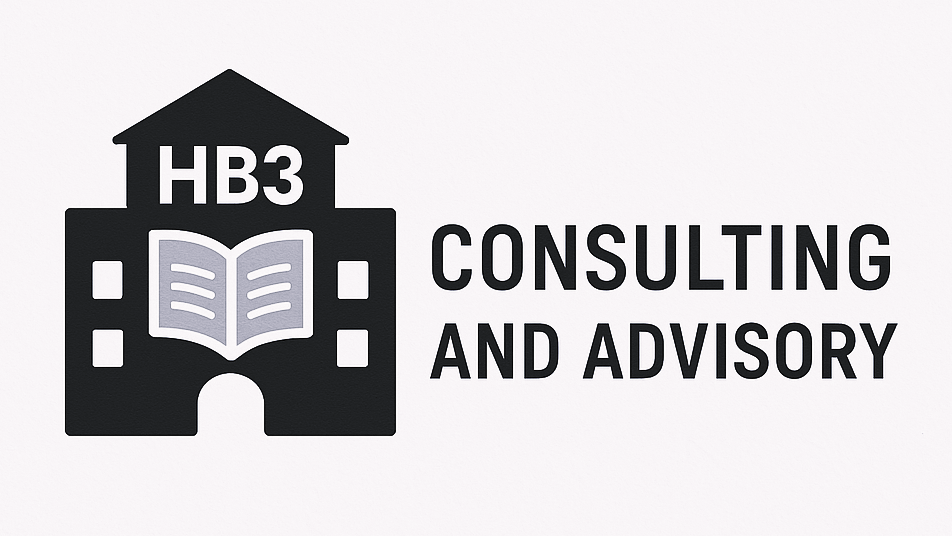Authentic Assessment in Alternative School Models: A Sample Rubric & A Practical Framework
Imagine students returning from a trip to the local children’s museum. They've interviewed experts, collected notes, taken pictures. Now what? How do we measure what they’ve learned? This question comes up often in microschools, homeschool cooperatives, and even progressive charter settings. Founders and educators want something better than bubble sheets, but they still need to demonstrate that their students are mastering important concepts and developing essential skills.
Authentic learning requires authentic assessment. When your school doesn’t rely on standardized, off-the-shelf test data to tell its story, you have the freedom to use innovative models to demonstrate that learning is happening. Rubrics can offer a shared vision of quality and growth, if designed well. A high-quality rubric:
Provides clear, specific criteria that align to the purpose of the task
Uses language students can understand and use
Allows room for creativity, reflection, and revision
Aligns to interdisciplinary goals, not just subject silos
At HB3 Consulting and Advisory, I use a guiding framework for curriculum and assessment planning: Core + Connect + Context. It helps us make sure that learning experiences are grounded, interdisciplinary, and meaningful. I’ll break that concept down further and share a sample rubric to bring it all together.
Core: What’s Essential
Authentic learning needs authentic assessment, which means:
Aligning assessment to clearly defined learning goals
Focusing on skills like analysis, communication, and collaboration
Being transparent about expectations
Let’s use a hypothetical example as a demonstration: a group of students are working in small teams to design temporary exhibits for a local children’s museum. The core here is content knowledge (depending on the institution, this might include anything from animal adaptations to local history), and skills include interpreting sources and organizing ideas into a compelling format.
Connect: To People, Places, and Ideas
This is where performance-based learning excels. When students build exhibits for real audiences, they have a motivation to do the work well. In this project:
They connect with museum staff to learn about exhibit design
They connect with peers during group planning
They connect with the community by presenting their work
A well-designed rubric doesn’t just evaluate the “what;” it also honors the “who” and the “why.”
Context: The Real-World Situation
Often, traditional school assessment ignores context. But in microschools and homeschool cooperatives, context is the classroom:
Students use field notes from museum visits
They rely on lived experience and current events
They produce something others will actually see
Performance-based assessments like this communicate what matters, to students, families, and stakeholders. They’re also adaptable to different grade levels, allowing for mixed-age learning.
A Sample Rubric: Museum Exhibit Project
Here’s a simplified version of the kind of rubric I use at HB3 to support interdisciplinary projects in partnership with cultural institutions. The key to any good rubric is to clearly define the domains of assessment and use language that differentiates between performance levels.
This kind of rubric isn't a trick; it's a shared roadmap. It helps students understand expectations, and it helps educators assess both the process and the product. Some teachers will choose to co-create rubrics with their class.
I have worked with countless teachers over the years to design rigorous rubrics that accurately reflect student learning. The left-hand column is an opportunity to state the domains that are of most value for the project. The rubric cells should accurately describe degrees of performance. It is also possible to assign weights, if some domains are believed to be of higher value. When developing a full portfolio of student work, a series of rubrics can serve the purpose of explaining how complex learning has occurred by mapping growth over time.
Want More?
This project idea, and the rubric that supports it, comes from a 12-week interdisciplinary learning arc I’ve developed with a collaborative of local museums, science centers, and community gardens in mind. If you’re a school founder or educator looking to bring this kind of work to life, or if you are a cultural institution hoping to appeal to a broader range of alternative school types, let’s talk.
At HB3, I help schools design curriculum that inspires and assessment systems that work.
Contact me to start the conversation.
